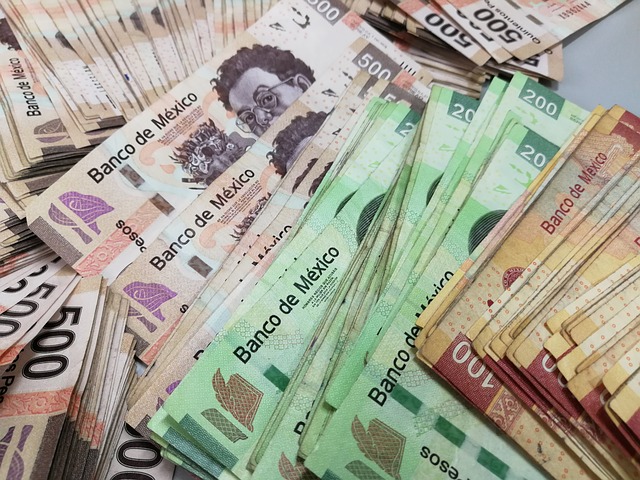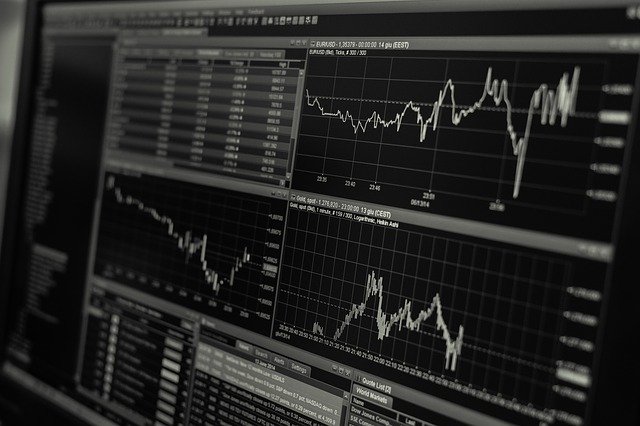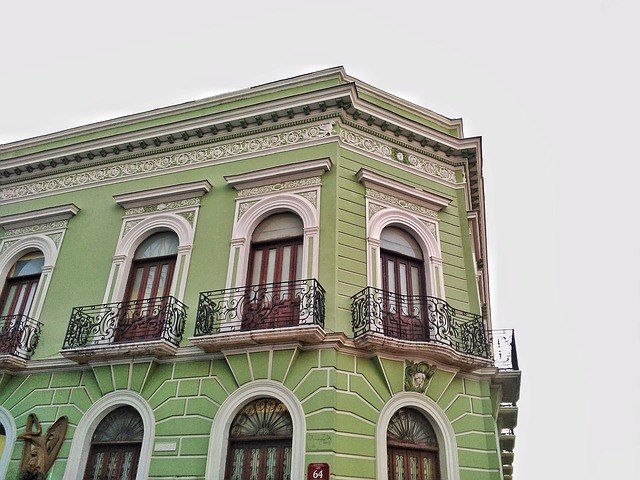
2020 was considered an atypical year due to the economic impact. Many sectors like the real estate industry suffered changed and decreased their mobility and operations due to the COVID-19 pandemic. Although Mexico expected different numbers of growth, this negative forecast changed in 2021.
The Bank of Mexico had estimated that the Mexican economy could contract between 8.8% and 12.8% this year. On the other hand, the Secretariat of Finance and Public Credit (called SHCP by its Spanish acronym) had predicted a fall of between 7% and 10%.

Also, for 2022, the SHCP is forecasting an economic recovery with a projection of 4.6 percent of gross domestic product (GDP), achieving a balance in public finances and support health sector spending and investment to mitigate the impact of the COVID-19 pandemic.
As a result, the real estate sector is facing a complex recovery outlook. Therefore, it´s critical to support real estate investment since purchasing a property is one of the safest investments because of the profitability it offers, that is, the return on investment.
Despite the demand for real estate didn´t stop and rental properties kept the sector moving, the real estate industry faced several problems after people lost their jobs. However, to maintain the confidence of a healthy recovery, real estate agents and brokers need to keep in mind the low-rates mortgage loans of different banks and financing institutions and the federal government´s support to revitalize the construction sector. These two actions could promote accessible credits that will be helpful to accelerate the real estate market.

Nowadays, the demand for buying properties has focused on the properties of the working and middle classes, which do not exceed 3 million pesos and correspond to 44%. Meanwhile, the middle-upper class´s residential segment corresponds to 31% (meaning properties between 3 and 7 million pesos). And the luxury residential for the high society represents 24% of total demand (properties that exceed 7 million pesos).
Research explains that the evolution of the demand for buying a house by social class in the last six months had a contraction caused by the COVID-19 pandemic. However, the intention did not cease to exist. Also, it reflects that the only segments of the society that had an upward behavior were the working and middle class, which increased 5 and 8%, respectively. While the middle-upper and upper-upper classes decreased by -3 %, -44%, and -48%, respectively.

In summary
It is important to remember that the construction industry is essential to reactivate the Mexican economic growth after the effects of Covid-19.
The importance of housing lies in the fact that it is an activity that triggers 37 of 42 economic branches, according to CANADEVI (The National Chamber of the Housing Development and Promotion Industry).
Some changes the real estate would face in the future, besides the postponement of the purchase, could be the features of the potential house since people started to demand bigger spaces than some luxurious amenities in their new homes. For this reason, it would be essential for real estate developers to build more suitable eco-friendly properties with better ventilation, natural lighting, and automated systems.
The recovery will be different, depending on the region of Mexico, because of the trend for housing in better-located places. Regarding the prices, these could remain or reflect slight downward adjustments in the coming months, mainly because the demand is uncertain, and developers remain cautious to start new projects.
One of the greatest hopes for the sustainability and recovery of the real estate sector is to keep supporting the house demanding. In addition, since many people are starting to get back to work, there is another hope regarding economic recovery from an employment perspective.
Finally, it´s a fact that real estate should continue improving its innovation to remain stable to ensure the growth path it deserves in 2021.
